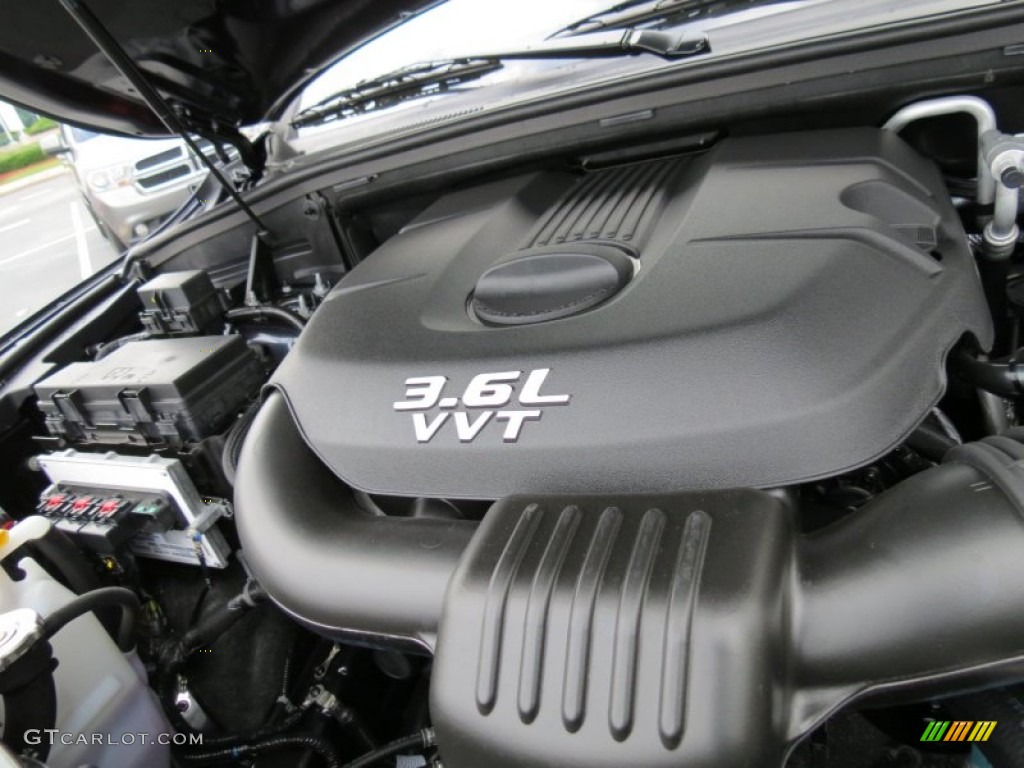

If you find any oil in either of these locations, then you’ll need to replace your sensor. Remove the sensor’s block connector to check inside for oil. You can easily diagnose this fault by checking for any oil leaks from around the pressure sensor. The oil pressure sensor leaks oil through the center of its body, filling the block connector and spraying the engine bay with oil.

Vauxhalls are known for having this as a common problem on some of their models. However, this can sometimes lead to your oil pressure leaking oil, either from the threads or through the center of the actual sensor itself. Your oil pressure sensor is designed to be sat in the oil system of your car so that it can detect the oil pressure. You may also experience other noisy engine parts if your oil pressure is low. If your chain has lost its tension due to a lack of oil pressure, and your oil light hasn’t illuminated on your dash cluster, you should replace the oil pressure sensor after carrying out the necessary repairs on your engine to rectify the fault with the chain. If you can hear this from your engine, but your oil light hasn’t come on, this can be a sign of a faulty oil pressure sensor. It will sound like a deep, metallic rattling noise coming from your engine block.

This is usually audible as you stand next to the vehicle while the engine is sat at idle. If your engine oil pressure drops, this can cause your chain tensioners to slacken off, which leaves you with a loose chain that whips and gets thrown around against the various pulleys and housings. The tensioners that hold the chain’s tension in place are also often oil fed, which again is another reason why maintaining oil pressure is vital. This is because your chain uses the oil pumped from your oil pump to keep itself lubricated and moving freely. If your engine has a timing chain that is oil fed, then having the correct oil pressure is even more important.
2013 dodge durango 3.6 coolant temperature sensor location code#
Another method of diagnosing this fault is to use a fault code reader and see if there are any stored faults in your vehicle’s ECU pertaining to your oil pressure sensor. If your oil pressure is normal, this indicates a faulty sensor. The easiest way to determine this fault is to manually check your oil pressure with an oil pressure gauge. However, if your sensor is faulty, then it will switch the oil light on, even if the oil pressure is okay. This is how this system should work in theory. This light is illuminated when your oil pressure sensor detects low oil pressure or high oil pressure and then sends a signal to your ECU, which then passes a signal to your dash cluster, switching on your oil warning light. One of the most common symptoms of a faulty oil pressure sensor is your oil pressure light illuminating on your dash cluster. Here is a more detailed list of the signs of a bad or failing oil pressure sensor to look for: 1. You may also notice that the oil pressure sensor is leaking oil. The most common symptoms of a bad or failing oil pressure sensor are an oil pressure light on your dashboard, a noisy engine, or engine performance issues. Conclusion Symptoms Of A Bad Oil Pressure Sensor


 0 kommentar(er)
0 kommentar(er)
